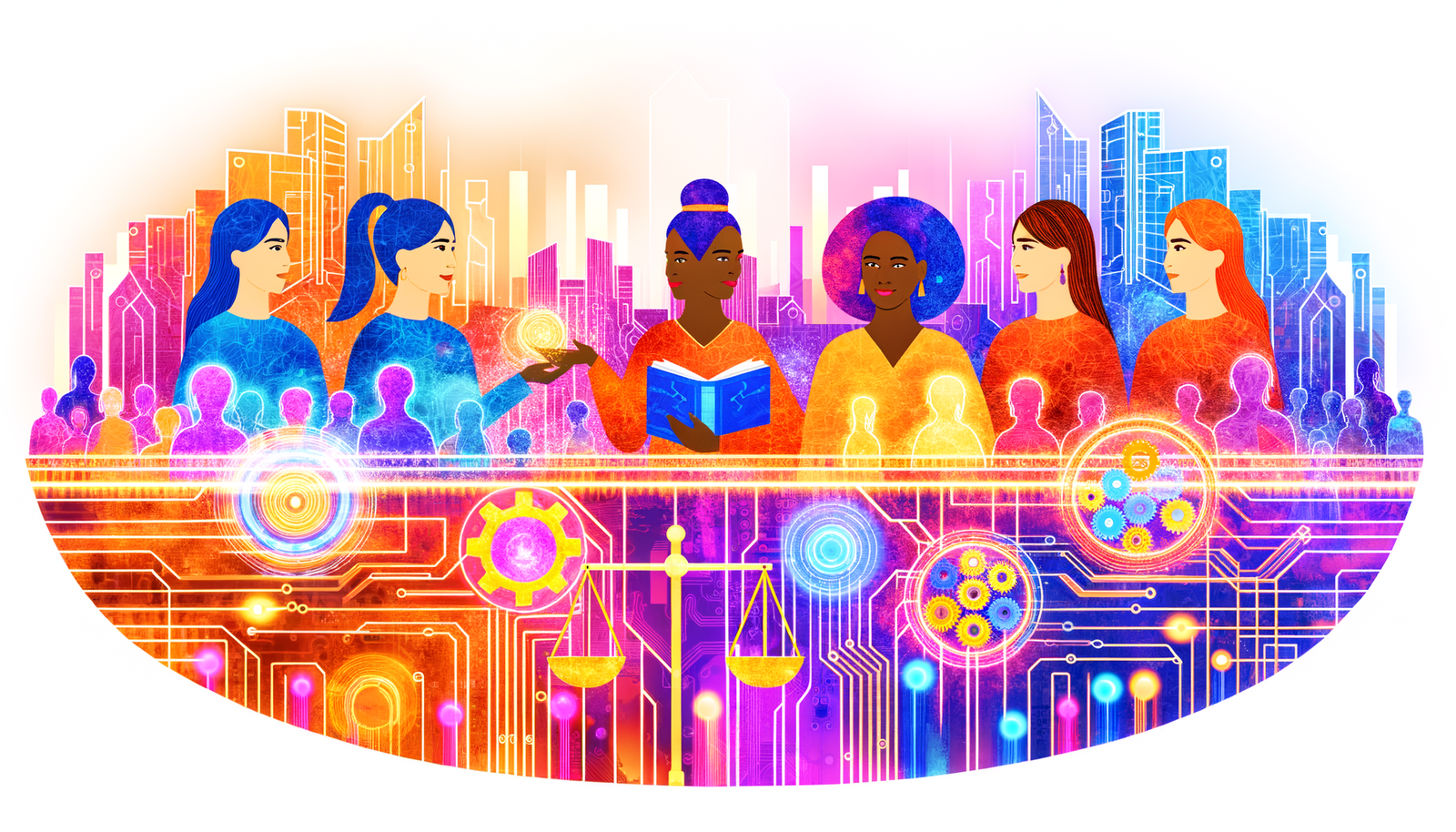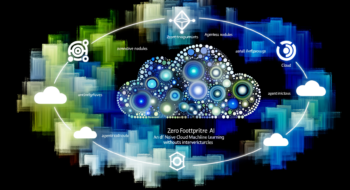The pursuit for gender equity has been a longstanding global challenge, marked by both progress and persistent obstacles. As we navigate this complex landscape, the role of technology becomes increasingly pivotal. Revolutionizing Gender Equity: How AI Can Drive Change highlights the transformative potential of artificial intelligence in reshaping societal norms and dismantling barriers. By harnessing AI, we can create new opportunities for women and foster inclusive environments that prioritize equality. This exploration delves into innovative strategies and solutions that promise to accelerate gender equity, paving the way for a more equitable future for all.
The Intersection of AI and Gender Equity
As we dive into the heart of how AI can revolutionize gender equity, it’s essential to grasp the intersection of technology and societal norms. Artificial intelligence is often seen as a double-edged sword; it can perpetuate biases or, conversely, help dismantle them. With this in mind, can we harness its potential to create a more balanced society? The answer seems increasingly affirmative: strategic applications of AI initiatives can help identify disparities and drive change.
Understanding Gender Bias
The first step in leveraging AI for gender equity is understanding current biases within society. Various studies reveal the systemic gender biases that persist in workplaces, education, and even in media, often attributing economic inequalities and underrepresentation to these hurdles. AI can help shed light on these biases by analyzing extensive datasets that reflect hiring practices, salary distributions, and promotion rates.
- Recruitment Bias: AI can identify trends that show women are frequently overlooked for positions that men are disproportionately hired for.
- Wage Gap Analysis: AI tools can analyze salary discrepancies within organizations to reveal inequities that are often unrecognized.
- Representation Analysis: By examining media and industry representation, AI can spotlight where women are marginalized.
Innovative AI Solutions Promoting Gender Equity
Having established the biases, let’s talk about the creative mechanisms AI brings to the table. From algorithm improvements to data analytics, AI is becoming an essential tool for change:
1. Bias Detection and Mitigation
By employing algorithms designed to detect bias, organizations can deconstruct entrenched stereotypes. In recruitment, AI can filter candidates based on skills rather than gender, thus reducing bias. Moreover, adjusting existing algorithms to counteract discriminatory tendencies can catalyze a more just hiring process.
2. Personalized Learning Experiences
In the educational domain, AI can tailor learning experiences to meet the needs of diverse students. Women in tech fields, for instance, can benefit from AI-driven education platforms that offer personalized programming modules, fostering interest and competence in fields with gender disparities.
3. Data-Driven Decision Making
Organizations can use AI analytics to make informed decisions regarding gender equity strategies. By tracking progress and outcomes related to gender equality initiatives, companies can continuously refine and improve their approaches, ensuring resources are well allocated and effective.
4. Advocacy and Awareness
AI can help in advocacy, too. Social media platforms utilize AI to promote campaigns and raise awareness about gender issues, allowing voices to reach larger audiences than ever. AI-driven chatbots can facilitate discussions about gender equity, making platforms more accessible and interactive.
Building Inclusive Workspace Through AI
One of the most exciting prospects of employing AI in the workplace is its potential to cultivate inclusivity. Companies can use AI tools to assess employee engagement and satisfaction, providing insights into areas that require attention.
- Diversity Tracking: AI tools can monitor diversity metrics across teams, identifying areas of imbalance that need addressing.
- Feedback Systems: AI can analyze employee feedback in real-time, allowing organizations to pivot quickly and address concerns expressed by female employees.
- Mentorship Matching: AI can facilitate mentorship programs by matching women with mentors based on interests and career goals, helping to empower the next generation.
Challenges and Ethical Considerations
While the potential for AI in promoting gender equity is impressive, we must tread carefully. AI is only as unbiased as the data it learns from; if historical data reflects systemic biases, the algorithms may inadvertently reinforce these stereotypes. It is fundamental that stakeholders advocate for transparency and fairness in AI development.
Moreover, ethical considerations surrounding privacy and data usage cannot be overlooked. Companies must ensure that data collection practices respect individual privacy while promoting transparency in how AI is used to drive change.
Real-World Examples of AI Driving Equity
To further illustrate the impact of AI on gender equity, several organizations have emerged as frontrunners in utilizing AI tools effectively:
- Unbiased: This company focuses on reducing bias in AI systems, helping organizations implement legally sound and ethically responsible practices.
- Textio: A writing tool that enhances job listings by making them more inclusive, increasing the likelihood of attracting a diverse pool of candidates.
- Pymetrics: Leveraging neuroscience and AI, this platform fosters unbiased hiring, helping companies evaluate candidates based on their potential rather than their gender.
The Future of AI and Gender Equity
As we look toward the future, one question remains: how can we ensure AI continues to drive change rather than replicate historical power dynamics? Continuous collaboration among AI developers, policymakers, and advocates for gender equity is vital. By sharing best practices and holding organizations accountable, the journey toward equality can accelerate.
Moreover, raising awareness about the interplay between technology and gender equity is crucial. The more discussions that take place, the clearer the path for change will become. As we embrace a future where technology is used as a force for good, let’s celebrate the inspiring women in tech who are paving the way.
Conclusion
The journey toward gender equity is intricate and often fraught with challenges, but by harnessing AI’s transformative potential, we are on the verge of radical change. From bias detection to personalized learning, AI is already making strides to dismantle barriers and reshape societal norms. However, it remains vital to approach these innovations with a cautious mindset, ensuring ethical considerations are baked into every solution.
In a world where AI drives our decisions, our commitment to promoting gender equity should similarly inform these advancements. By investing in this cause, we can create a future where everyone, regardless of gender, has equal access to opportunities, careers, and successes.
If you are interested in learning more about how AI can transform industries and contribute to societal equity, check out Neyrotex.com.







